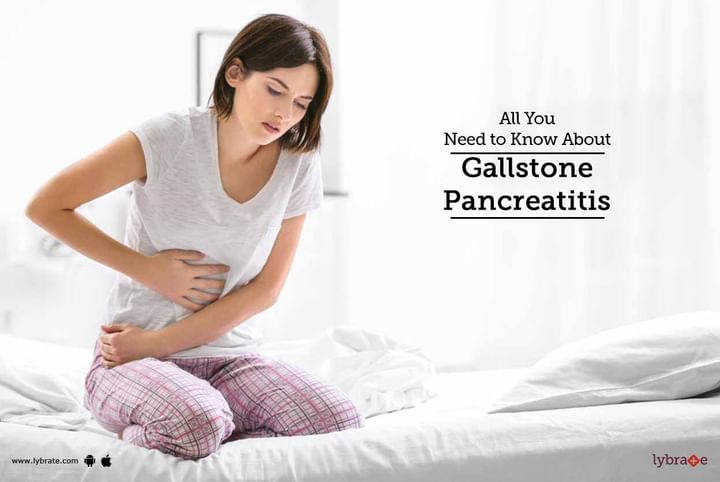All You Need to Know About Gallstone Pancreatitis
Gallstone Pancreatitis is the result of a blockage in the pancreatic duct by a gallstone. Due to the blockage in the pancreatic duct, inflammation occurs and causes the problem to begin.
This can be a life-threatening situation and should be immediately checked. If the stones from the gallbladder travel down the common bile duct and get stuck at the sphincter, it can stop the outflow of all materials from the pancreas as well as the liver and become quite severe. There are a lot of risks involved when a person suffers from this issue. Rapid weight loss, high cholesterol levels, diabetes are a few of the risks of the disease.
Symptoms of Gallstone Pancreatitis
There are a number of symptoms like pangs of pain in the upper left abdomen and the back, swollen and tender abdomen, vomiting and nausea, increase in the heart rate, fever and more can be seen in a patient suffering from gallstone pancreatitis. Any individual who notices any of the following symptoms should get themselves checked immediately. Any pain in the upper abdominal area can be aggravated by eating foods which are high in fat as well.
Diagnosis of Gallstone Pancreatitis
In order to be completely sure about having gallstone pancreatitis, a number of tests are performed. Blood tests are followed by abdominal CAT scan to check for the inflammation of the pancreas. This also shows how severe the inflammation of the pancreas is. Sometimes abdominal ultrasound is also suggested as CAT scans are sometimes not as sensitive in identifying the problem. Once the problem has been detected, immediate treatment is recommended by doctors.
The Treatment of Gallstone Pancreatitis
The best treatment for pancreatitis is done in the initial stage of the problem. By avoiding taking in liquids and solid food up until the inflammation subsides is one of the best treatments. If the inflammation is relatively modest, the swelling can reduce in a few days by intravenous delivery of fluids for a couple of days.
1. If a CAT scan or MRI of abdomen suggest that a stone in present in the Common bile Duct (CBD), the an Endoscopic treatment referred as ERCP (endoscopic retrograde cholangio-pancreatography) is done.
2. After the acute pancreatitis episode settles down, patient must undergo a Gall Bladder removal surgery. This is done as gall bladder is the factory of gall stones and patient is at-risk to another episode of Acute Pancreatitis.
In case of severe inflammation, fever and persisting pain, intravenous delivery of food should continue if oral intake of food does not start within 5 to 7 days. Anti-nausea medications are used to treat severe nausea and vomiting along with nasogastric tube. In certain cases, it is important to remove the gallstones from the bladder immediately while in some cases doctors suggest waiting for a period of 24-48 hours before starting the removal procedure. Sometimes a surgical removal of the gallstones is also required but only if the stones do not pass out of the system on their own.



+1.svg)
